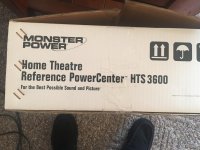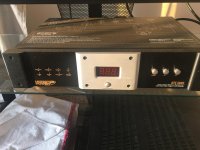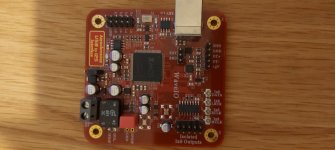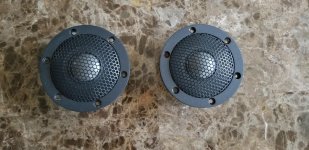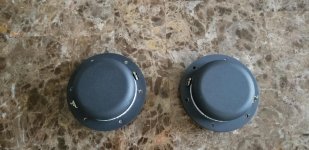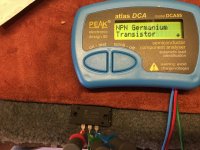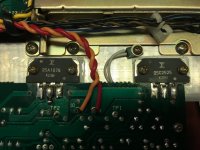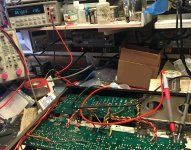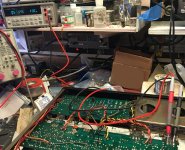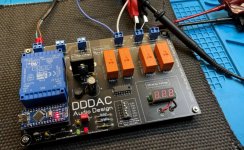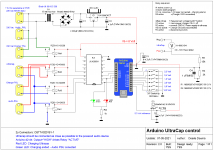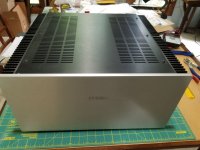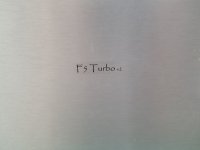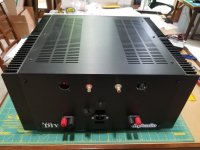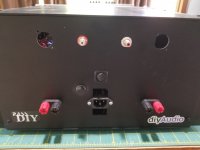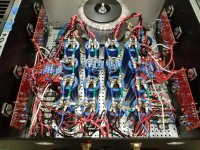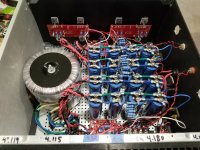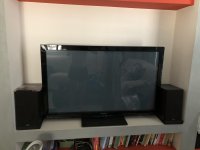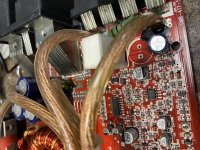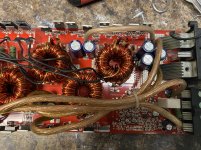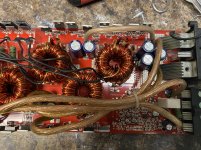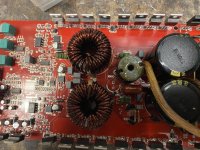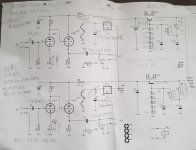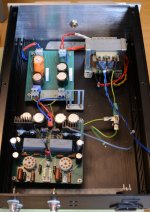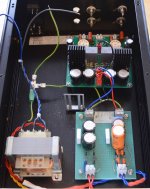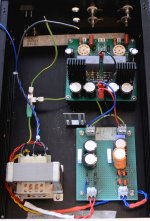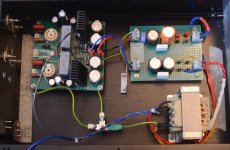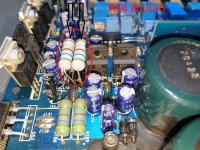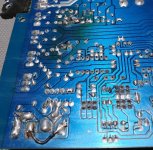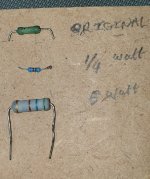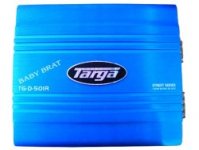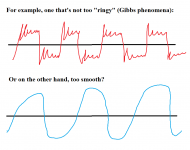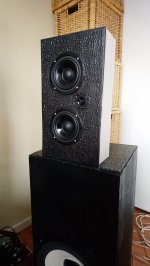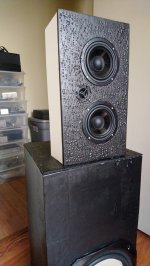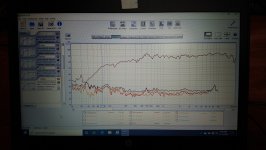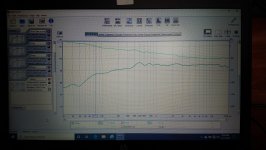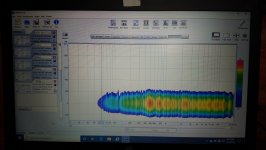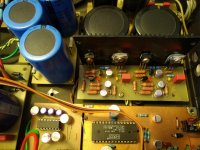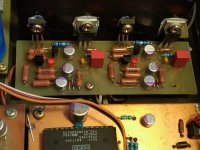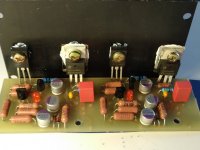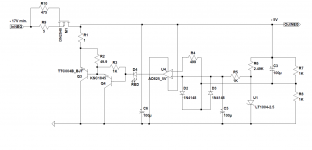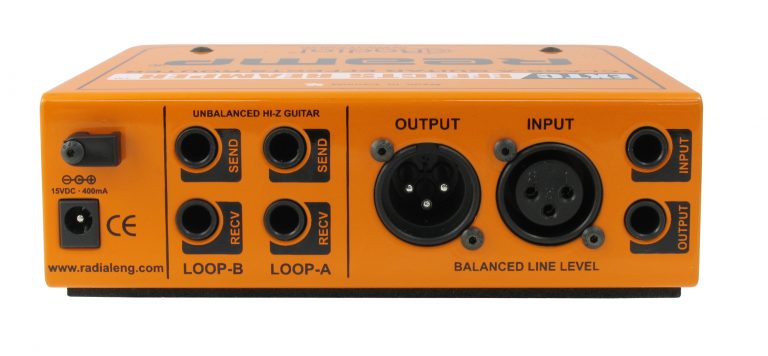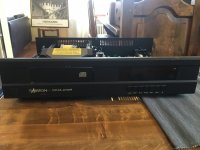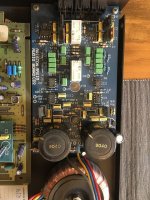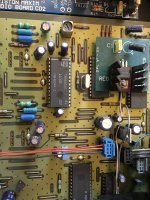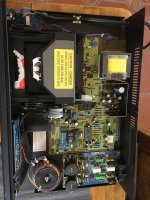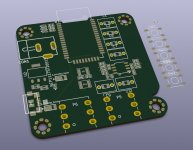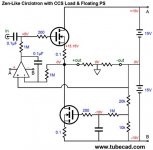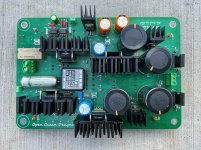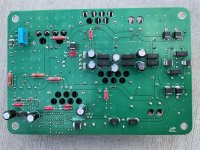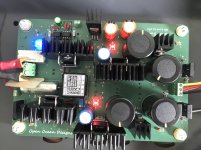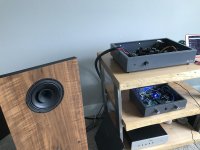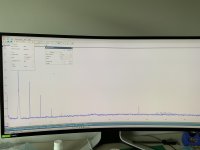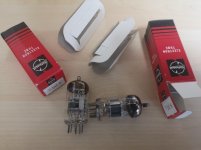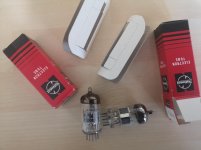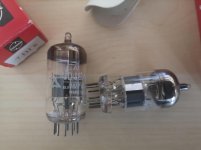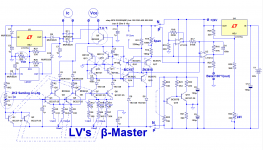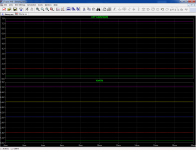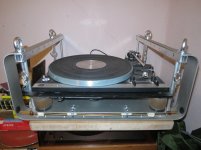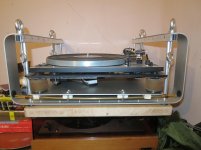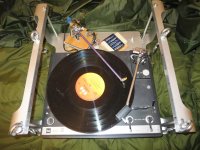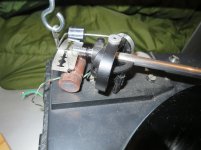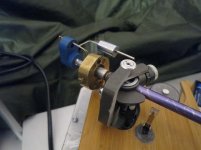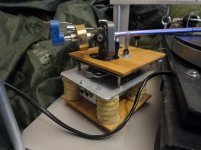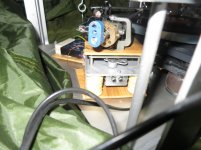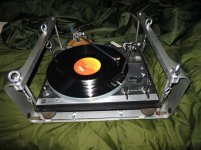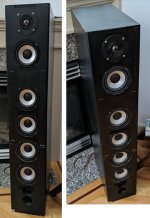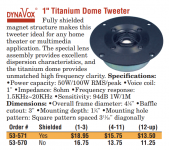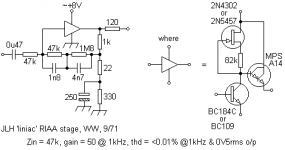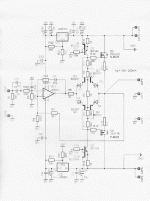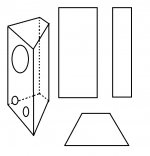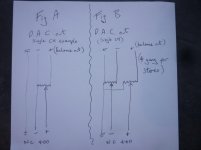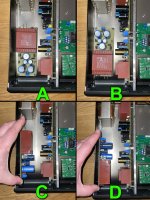Hypex plate amp advice needed
- Class D
- 2 Replies
Hi, I'm currently in the process of finishing my new hybrid electrostatic loudspeakers. They have a ripole subwoofer and an electrostatic panel. At the moment, I power them with a MiniDSP 2x4 HD and two seperate, external power amps. But I'm considering a Hypex plate amplifier that integrates two power amps, a power supply and a DSP. Something like the FusionAmp FA122 or FusionAmp FA253.
But before ordering such a device, I hope you could help me answering some questions I have:
* how is the build quality and life expectancy? For instance, I'm currently using a 25 year old Quad 606 MK2 amplifier which serves me well. It feels solid and reliable. Would the Hypex amp be as solid as the Quad? Or will it be a product which needs to be replaced in a few years? For instance, my MiniDSP has power supply issues after only 3 years of use and MiniDSP doesn't cover this in their warranty which makes me feel this hardware is not as reliable and well designed like my old Quad amplifier.
* is the software to program the DSP user friendly? I find the MiniDSP very pleasant to use for instance.
* how will sound quality compare to my old Quad? I personally don't believe in big sound quality differences between amplifiers as long as they can handle the load properly
* how is product support from Hypex?
I hope you can help me with these questions.
But before ordering such a device, I hope you could help me answering some questions I have:
* how is the build quality and life expectancy? For instance, I'm currently using a 25 year old Quad 606 MK2 amplifier which serves me well. It feels solid and reliable. Would the Hypex amp be as solid as the Quad? Or will it be a product which needs to be replaced in a few years? For instance, my MiniDSP has power supply issues after only 3 years of use and MiniDSP doesn't cover this in their warranty which makes me feel this hardware is not as reliable and well designed like my old Quad amplifier.
* is the software to program the DSP user friendly? I find the MiniDSP very pleasant to use for instance.
* how will sound quality compare to my old Quad? I personally don't believe in big sound quality differences between amplifiers as long as they can handle the load properly
* how is product support from Hypex?
I hope you can help me with these questions.
